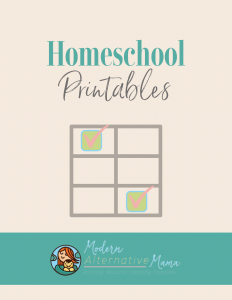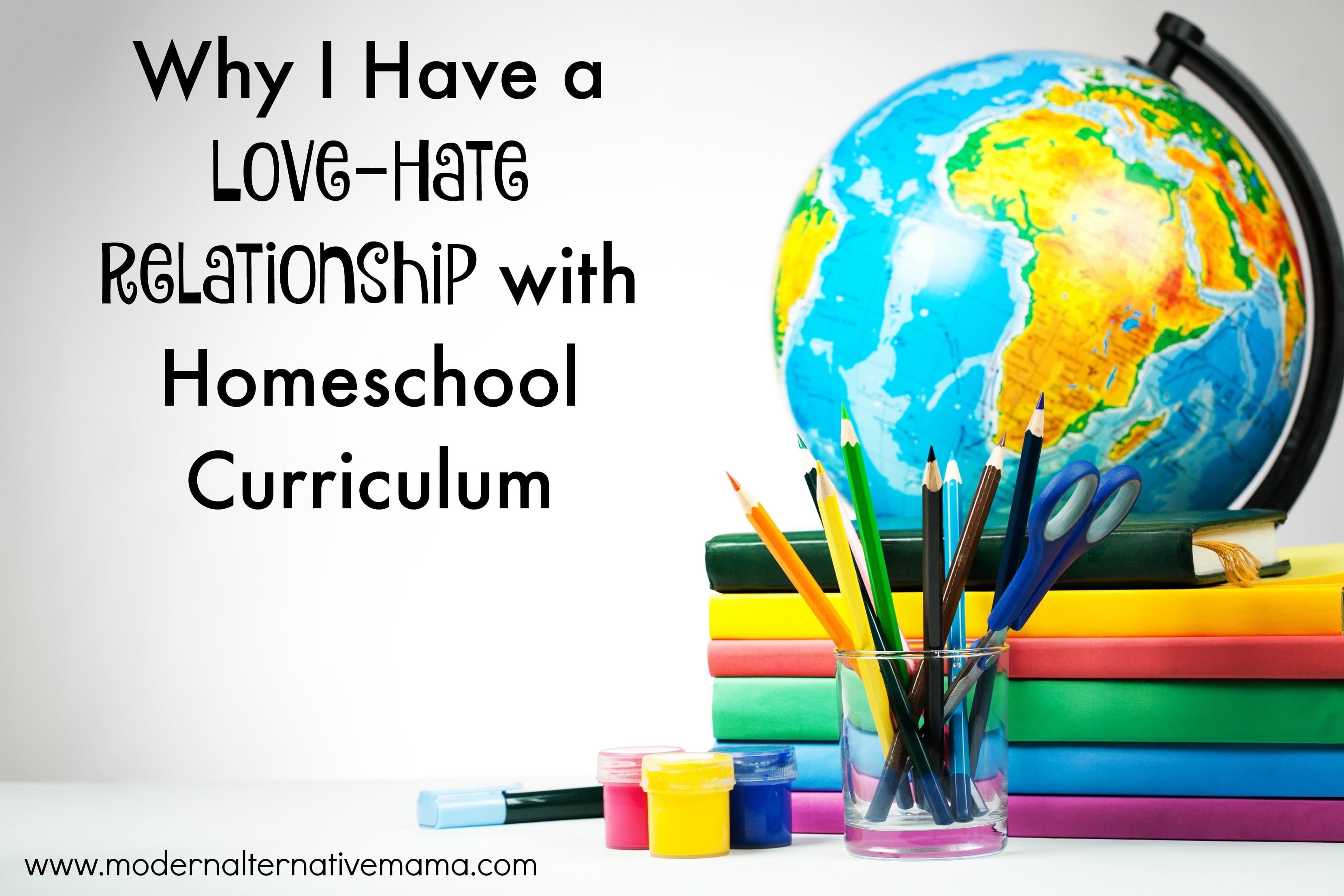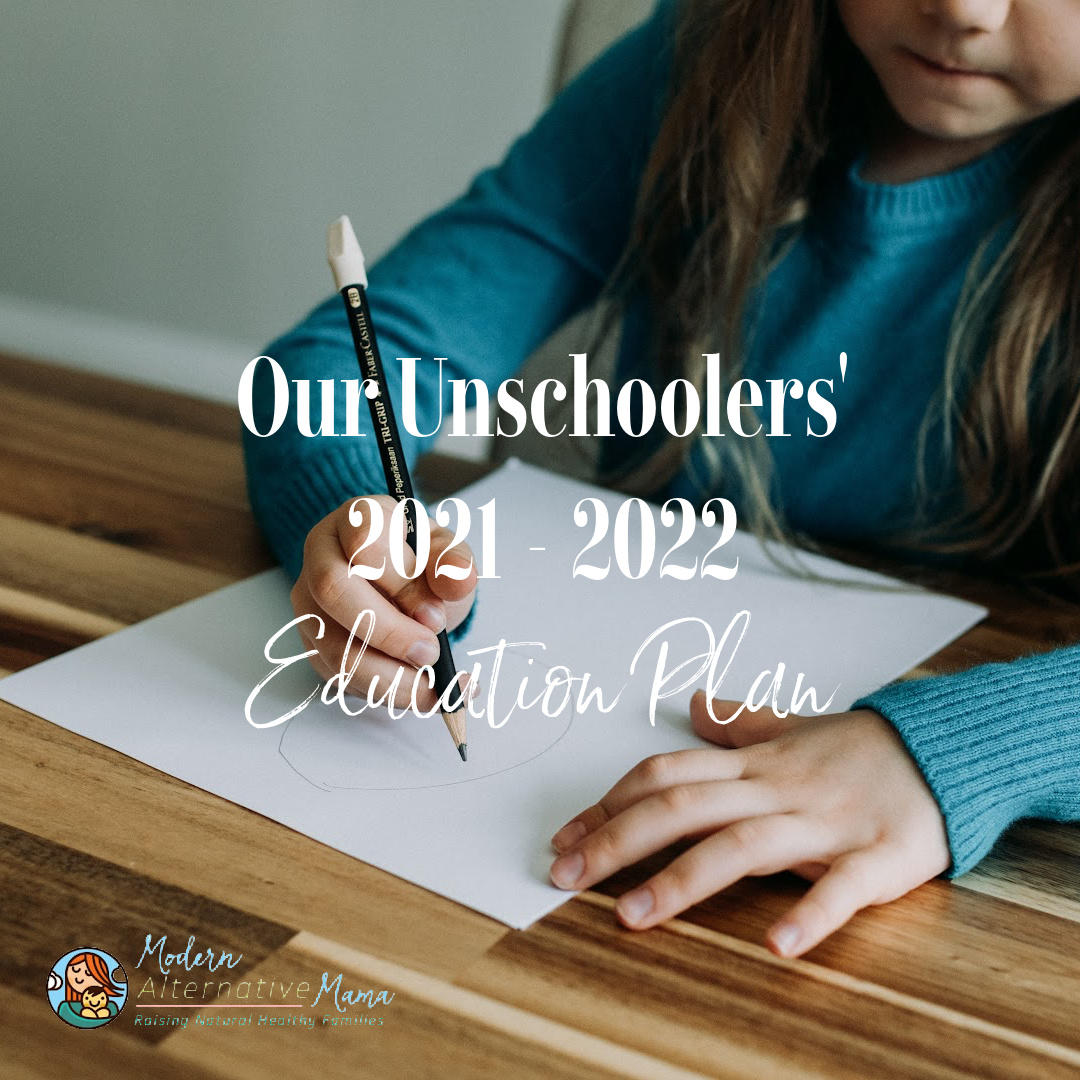By Rustina
Homeschooling isn’t about paperwork and lists, but as a detailed/left brain thinker, I love them! I unschool my children with a very eclectic approach to resources and tools, but I love to organize my thoughts and materials also.
A lot of people look for a checklist of things to gather and steps to homeschool. Here are some basic ideas to get started and ideas to bring out records and examples even when unschooling.
At the end, check out our Homeschool Printable Packet!
Basic Checklist to Homeschool
Learn the state requirements
Every state is different, and you need to feel comfortable with your understanding of the requirements.
Consider how your child learns best
Find their thinking and learning style.
Find a local (state or community) support group
Look for local state parent’s groups that help monitor laws surrounding home education. Connect with other homeschooling families or join local homeschooling groups. These communities provide support, guidance, and social interaction for both you and your children. They can also offer valuable resources, shared learning experiences, and field trip opportunities.
Check out desired curriculums, organizational and technological tools
Choose a curriculum or learning materials that align with your educational goals and your children’s needs. This can include textbooks, workbooks, online courses, educational apps, or a combination of resources. Consider your children’s learning styles and interests when selecting materials. Check out How We Get All Our Homeschooling Materials {Affordably}.
Stock up on basic supplies like notebooks, pencils, pens, erasers, rulers, art supplies, and any other materials specific to your chosen curriculum or subjects. Have a designated space for learning where your children can have access to their supplies.
Access to educational resources, such as a well-stocked library, educational websites, online databases, and educational videos, can enhance your homeschooling experience. Utilize these resources to supplement your curriculum and provide a broader range of learning opportunities.
Having access to a computer, laptop, or tablet, as well as reliable internet connection, can greatly enhance your homeschooling experience. You can leverage online resources, educational software, virtual field trips, and online classes to enrich your children’s education.
Stay organized with a planner, calendar, or homeschooling software to help you schedule lessons, track progress, and keep records. This ensures that you cover the necessary subjects and meet any reporting requirements.
Plan and take advantage of field trips and educational outings to provide hands-on learning experiences. Museums, science centers, historical sites, and local community resources can offer valuable educational opportunities beyond the classroom.
Remember to be flexible, adaptive, and patient.
This is a journey not a job. Their education is their life and not a checklist. The checklist is a tool, a navigational key, but it is not the journey. Let the exploration begin and have fun!
Homeschooling requires patience and flexibility. Be open to adapting your approach and methods based on your children’s individual needs as well as thinking and learning styles. Adjust and refine your plans as necessary to create an effective and enjoyable learning environment.







